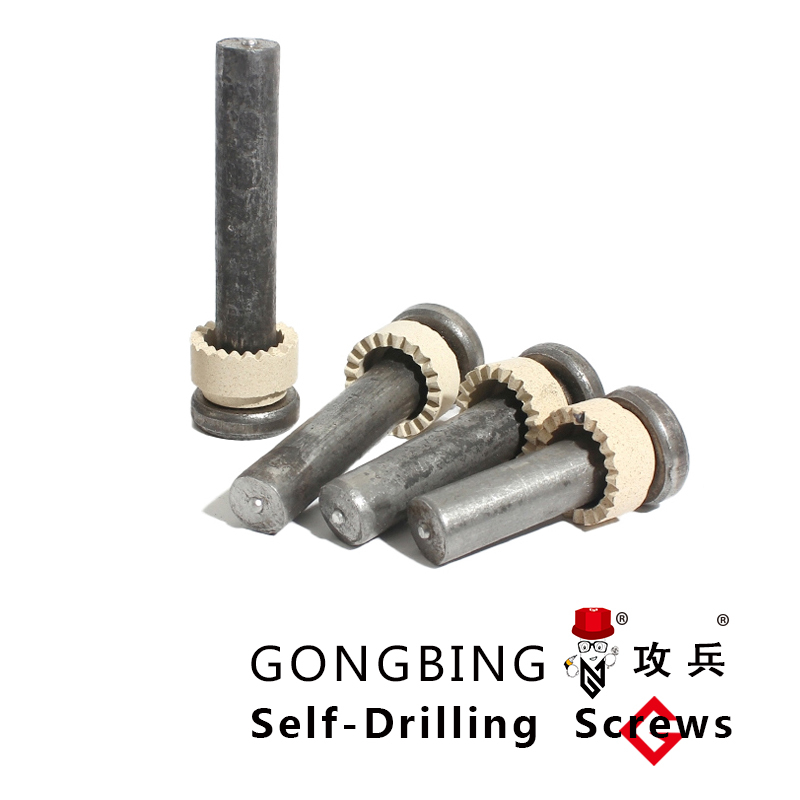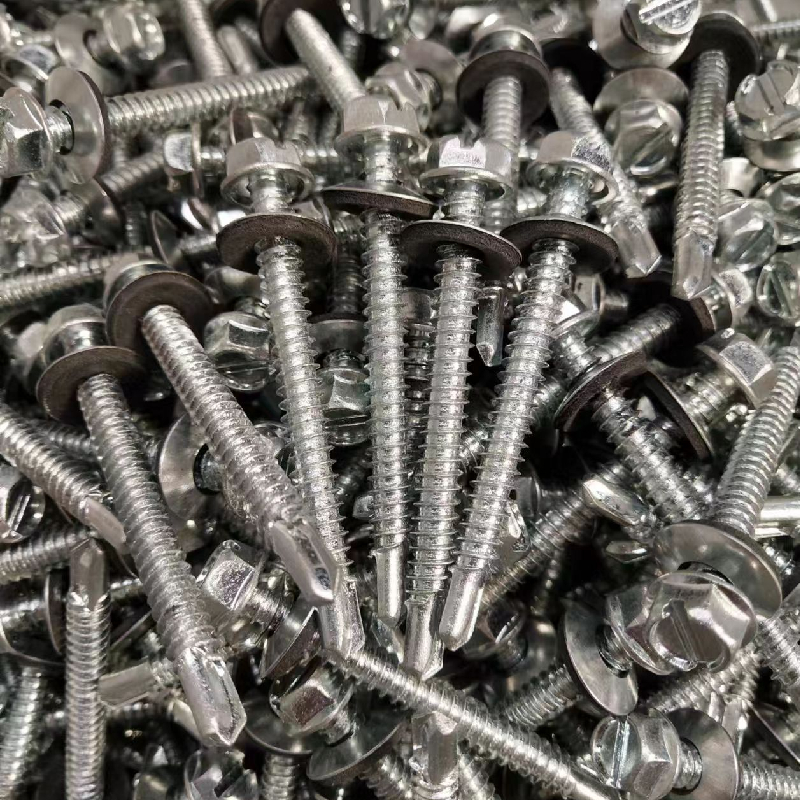feb . 14, 2025 15:04
Aftur á lista
foundation bolts
Foundation bolts play an essential role in construction and industrial applications, securing structures to their foundations. Understanding their standard sizes and specifications is crucial for ensuring the integrity and stability of a structure. This article delves into the intricacies of foundation bolt standard sizes, providing insights based on authoritative industry standards and expert recommendations.
Material selection is another indispensable factor. Foundation bolts are commonly made from steel, with stainless steel and carbon steel being popular choices. Stainless steel bolts offer excellent corrosion resistance, making them ideal for applications exposed to the elements or corrosive environments. Carbon steel bolts, while more economical, should be used with a zinc coating or other protective finishes in corrosive settings to ensure longevity. Industry standards guide the selection and use of foundation bolts. The American Society for Testing and Materials (ASTM) and the International Organization for Standardization (ISO) provide specifications that outline the requirements for foundation bolt sizes, materials, and performance. Key standards include ASTM F1554 for anchor bolts, which specifies requirements for materials and dimensions, and ISO 898 for property classes of steel bolts, detailing mechanical characteristics. Beyond standard dimensions, installation techniques also play a pivotal role in the efficacy of foundation bolts. Proper installation includes ensuring the bolts are positioned accurately within the concrete, maintaining alignment as concrete is poured and cured, and correctly torqueing the nuts to avoid loosening over time. Misalignment can lead to stress concentrations and potential structural failure. In practice, working with foundation bolts involves not only understanding these technical specifications but also considering real-world variables such as environmental conditions, load dynamics, and future serviceability requirements. Consult with structural engineers and leverage resources from bolt manufacturers to ensure compliance with industry best practices and standards. In conclusion, selecting the correct foundation bolt standard size is a multifaceted process, demanding a thorough understanding of size dimensions, material properties, and engineering standards. By adhering to these guidelines and leveraging expert insights, builders and engineers can enhance the safety, reliability, and longevity of their constructions, solidifying their foundations against the tests of time and nature.


Material selection is another indispensable factor. Foundation bolts are commonly made from steel, with stainless steel and carbon steel being popular choices. Stainless steel bolts offer excellent corrosion resistance, making them ideal for applications exposed to the elements or corrosive environments. Carbon steel bolts, while more economical, should be used with a zinc coating or other protective finishes in corrosive settings to ensure longevity. Industry standards guide the selection and use of foundation bolts. The American Society for Testing and Materials (ASTM) and the International Organization for Standardization (ISO) provide specifications that outline the requirements for foundation bolt sizes, materials, and performance. Key standards include ASTM F1554 for anchor bolts, which specifies requirements for materials and dimensions, and ISO 898 for property classes of steel bolts, detailing mechanical characteristics. Beyond standard dimensions, installation techniques also play a pivotal role in the efficacy of foundation bolts. Proper installation includes ensuring the bolts are positioned accurately within the concrete, maintaining alignment as concrete is poured and cured, and correctly torqueing the nuts to avoid loosening over time. Misalignment can lead to stress concentrations and potential structural failure. In practice, working with foundation bolts involves not only understanding these technical specifications but also considering real-world variables such as environmental conditions, load dynamics, and future serviceability requirements. Consult with structural engineers and leverage resources from bolt manufacturers to ensure compliance with industry best practices and standards. In conclusion, selecting the correct foundation bolt standard size is a multifaceted process, demanding a thorough understanding of size dimensions, material properties, and engineering standards. By adhering to these guidelines and leveraging expert insights, builders and engineers can enhance the safety, reliability, and longevity of their constructions, solidifying their foundations against the tests of time and nature.
Næsta:
Nýjustu fréttir
-
Weatherproof Plastic Expansion Anchors for OutdoorFréttirJun.06,2025
-
Sustainability in the Supply Chain: Eco-Friendly TEK Screws ProductionFréttirJun.06,2025
-
Load-Bearing Capacity of External Insulation FixingsFréttirJun.06,2025
-
Double Head Bolts: Enhancing Efficiency in Industrial MachineryFréttirJun.06,2025
-
Corrosion Resistance in Chipboard Screws: Coatings for Wholesale DurabilityFréttirJun.06,2025
-
Butterfly Toggle Bolts : Enhancing Structural ResilienceFréttirJun.06,2025
